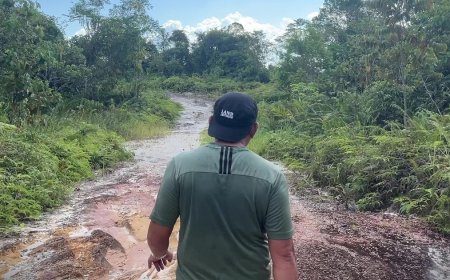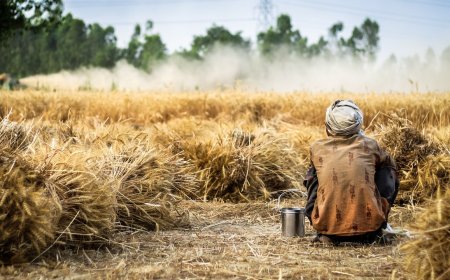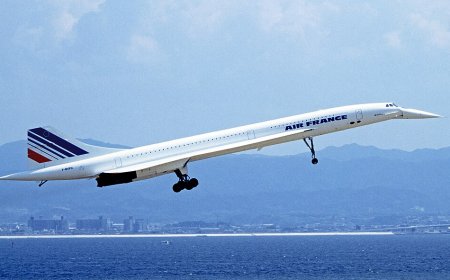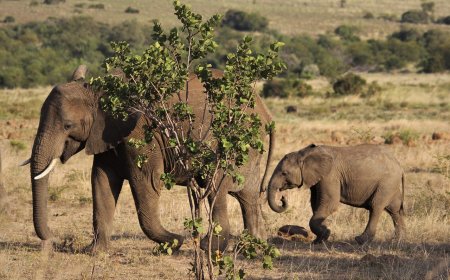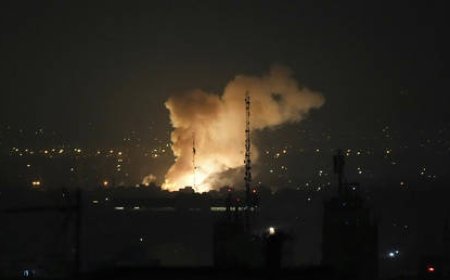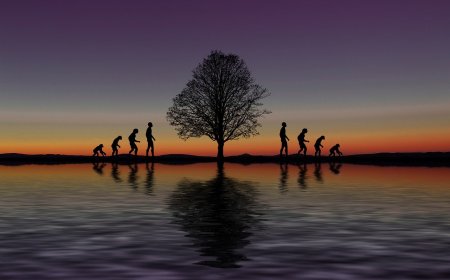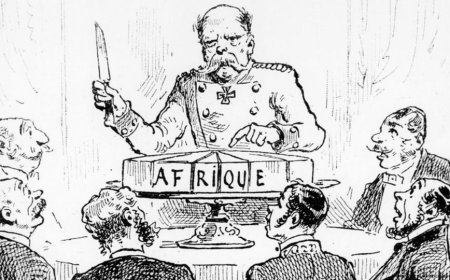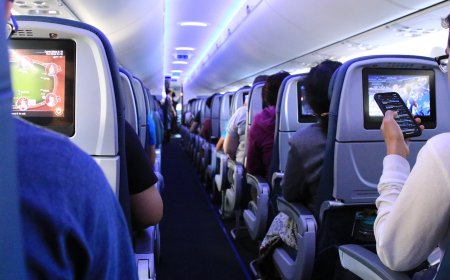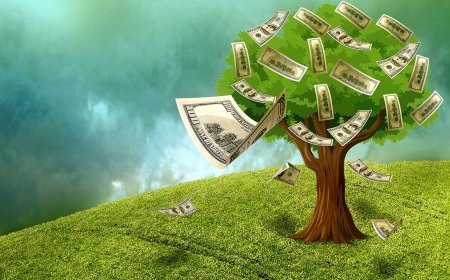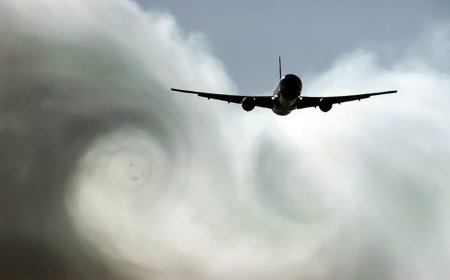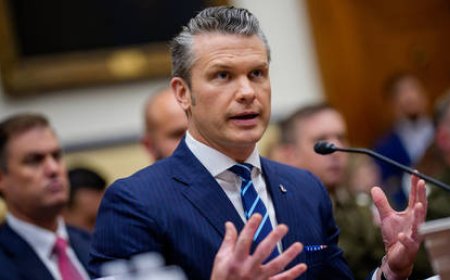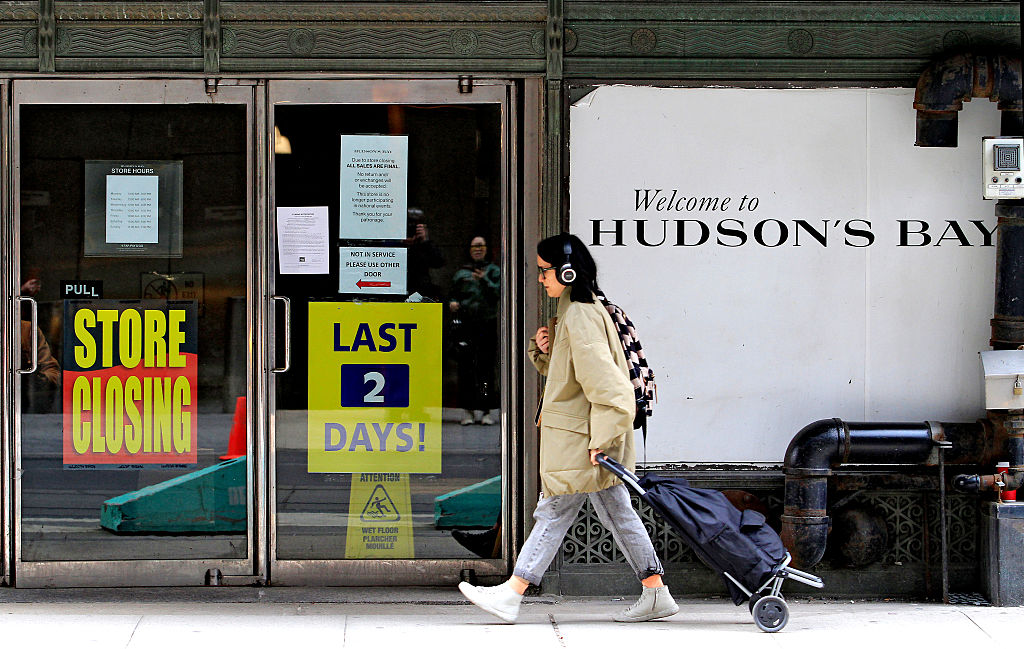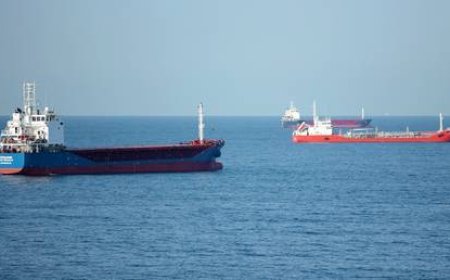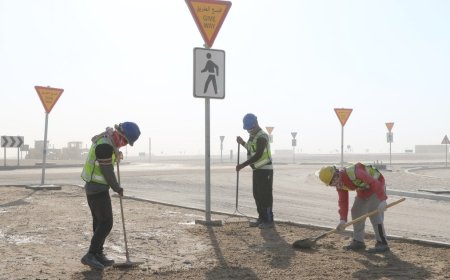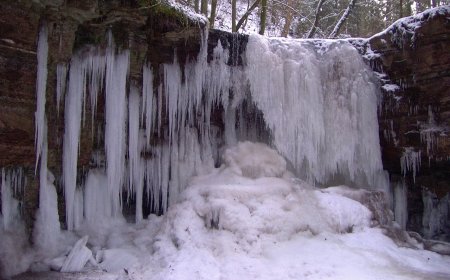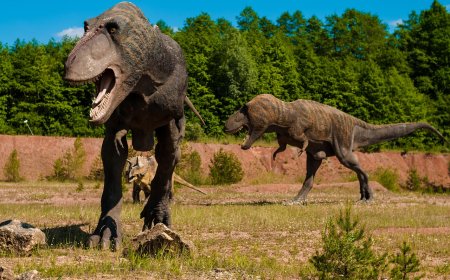How humans are transforming the planet (and not for the better)
Recognizing the significant role of human actions is essential for developing effective conservation strategies and sustainable practices to mitigate the negative impacts on biodiversity and ecosystems.

Human actions have become a dominant force shaping the environment and influencing ecosystems on a global scale. In many cases, the impact of human activities on the planet far exceeds the influence of natural actions. This is often referred to as the Anthropocene, a term used to describe the epoch in which human activities have become the dominant driver of environmental and geological changes.
Human activities, such as deforestation, industrialization, and the burning of fossil fuels, occur on a massive scale and have far-reaching consequences. The intensity and speed at which humans have transformed landscapes and altered ecosystems surpass the relatively slower and more localized impacts of many natural processes.
Human activities, particularly the burning of fossil fuels and deforestation, are the primary drivers of contemporary climate change. The increase in greenhouse gas emissions from anthropogenic sources has led to global warming and other climate-related changes.
Other human activities, including agriculture, urbanization, and infrastructure development, have led to widespread habitat loss and fragmentation. This poses a major threat to many species that depend on specific habitats for survival.
Human actions have altered natural processes, such as river flow patterns, nutrient cycles, and fire regimes, disrupting ecosystems and impacting the species that rely on these processes for their survival.
While natural actions and processes continue to play a role in shaping the environment, the unprecedented scale and impact of human activities make them a major driver of environmental change.
Human actions and extinction of species
Human actions are a primary factor contributing to the extinction and endangerment of many species around the world. Some of the major anthropogenic (human-induced) threats include:
The conversion of natural habitats into agriculture, urban areas, and infrastructure development leads to the loss and fragmentation of ecosystems. This process deprives many species of their homes, disrupts ecological balance, and reduces biodiversity.
Overharvesting of species for food, medicine, clothing, and the pet trade can lead to population declines and, in some cases, extinction. Examples include overfishing, hunting, and the illegal trade of wildlife.
Pollution from industrial, agricultural, and domestic sources can have detrimental effects on both terrestrial and aquatic ecosystems. Chemical pollutants, plastics, and oil spills can harm wildlife, disrupt ecosystems, and contribute to the decline of many species.
Human activities, particularly the burning of fossil fuels, deforestation, and industrial processes, contribute to climate change. Altered temperature and precipitation patterns, rising sea levels, and ocean acidification pose direct threats to numerous species and their habitats.
The introduction of non-native species to new environments, either intentionally or accidentally, can have severe impacts on local ecosystems. Invasive species can outcompete or prey on native species, leading to population declines and extinctions.
Large-scale clearing of forests for agriculture, logging, and other purposes reduces the available habitat for many species. This is particularly critical for species with specific habitat requirements.
The illegal hunting and poaching of animals, often driven by demand for wildlife products or trophies, can push species to the brink of extinction. This is a significant threat to many iconic and charismatic species.
While human actions have contributed to these threats, conservation efforts led by individuals, organizations, and governments are actively working to address and mitigate these issues. Conservation strategies often involve habitat protection, sustainable resource management, legal frameworks, and public awareness campaigns to promote coexistence with wildlife and reduce the impact of human activities on the natural world.





